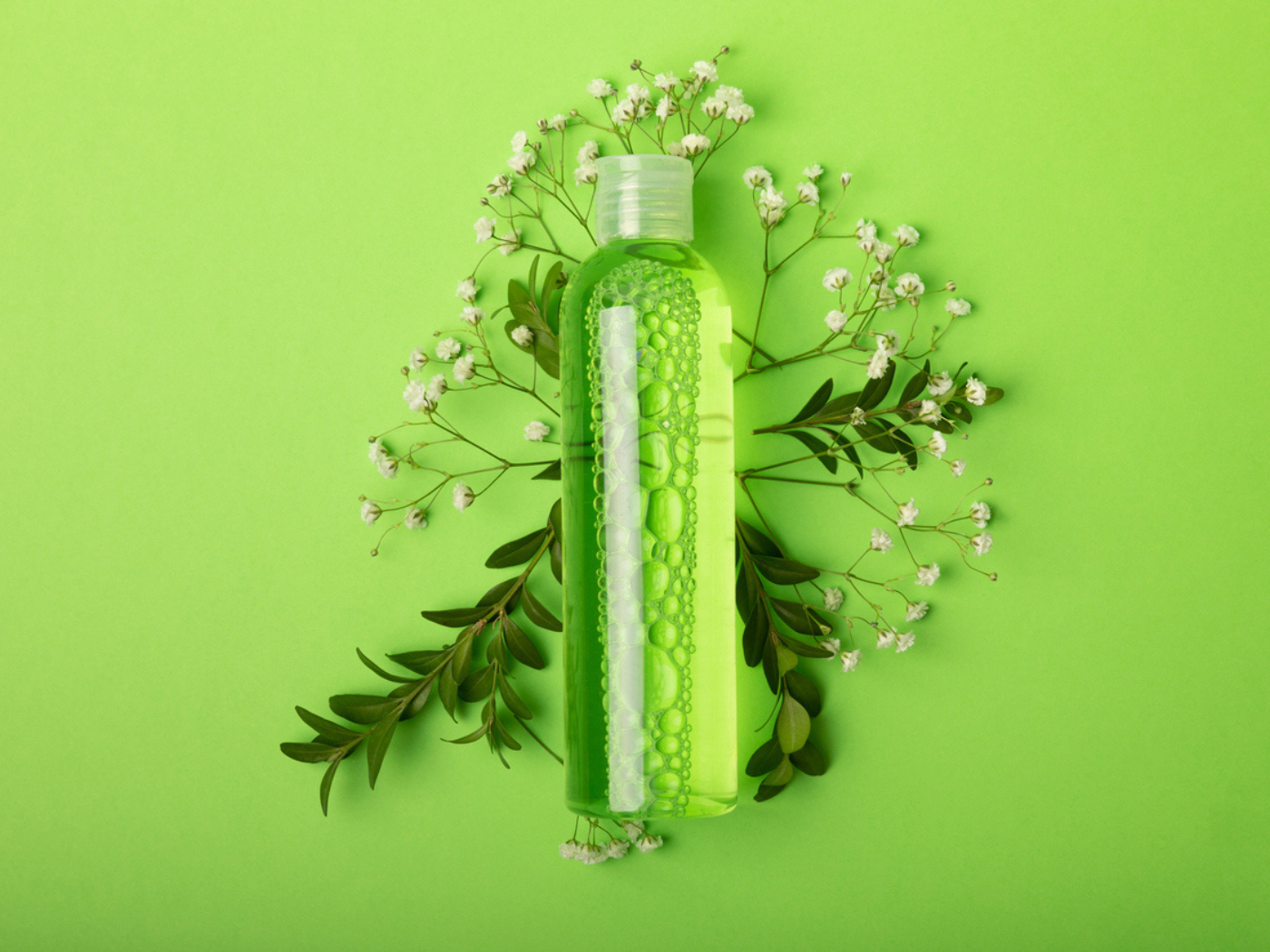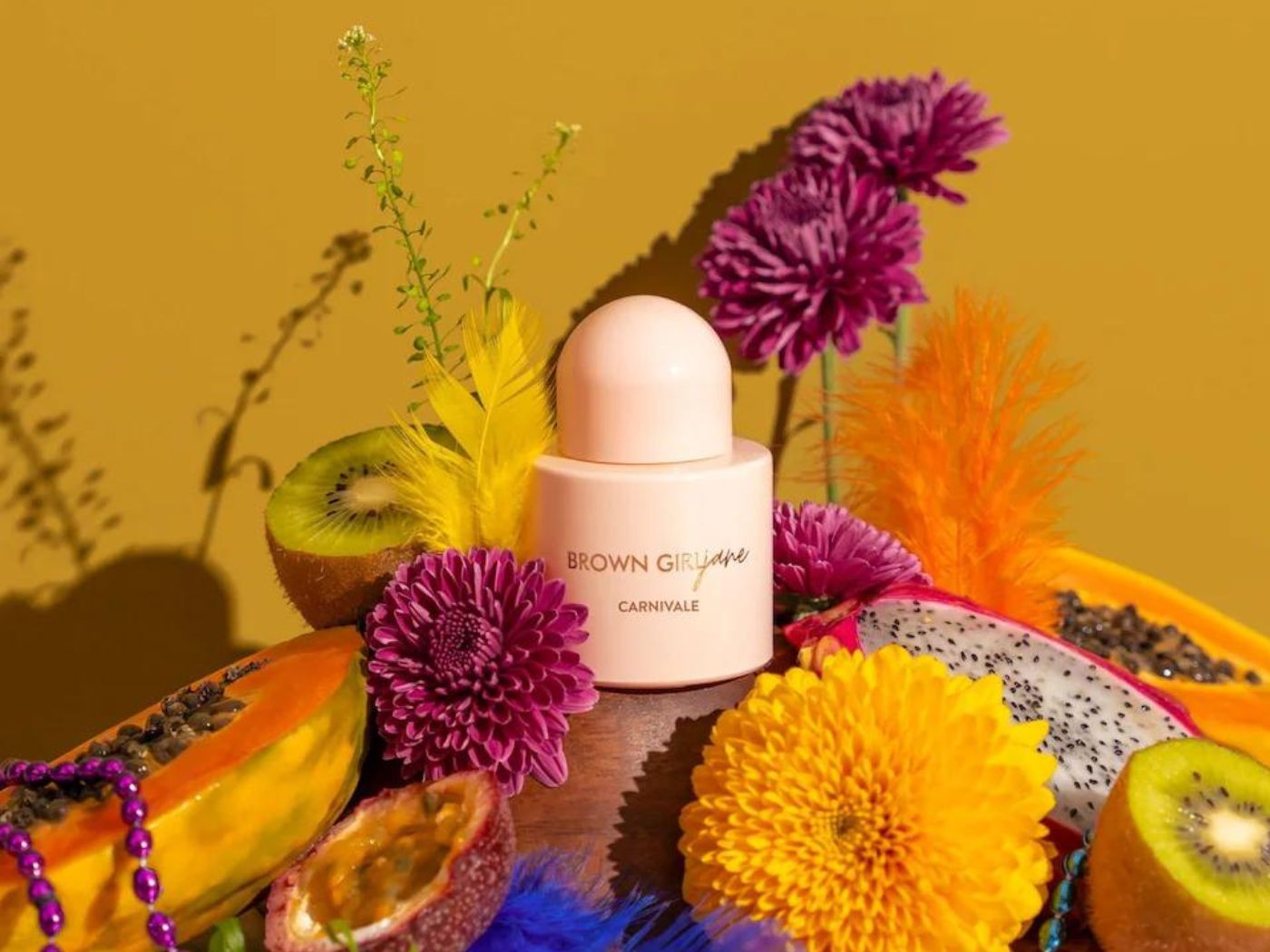Every month, various beauty industry analysts from The NPD Group write blogs about the latest trends being seen in beauty, based on the firm’s market information and insights. Through a partnership, Beauty Insider will publish NPD’s blog the day it’s posted to keep you in-the-know. Please see NPD’s latest post on the shifts within luxury skincare.
Within skincare, there has historically been a point of difference not only between mass and prestige, but also between prestige and luxury. Traditionally, luxury brands were selectively distributed in fine department stores such as Saks Fifth Avenue, Bergdorf Goodman, and Barneys. Yet, the differentiators were not solely limited to distribution and higher price-points; luxury skincare also offered notable services to clients. From a one-on-one in-depth analysis of the clients’ skin issues, to facials and personal follow-up calls to inquire how the purchase was treating her, luxury had many attractive points of distinction.
Previously impenetrable in its consistent growth and contributions to the overall market, skincare priced at $100 and above has declined for the past two years*. With skincare’s drivers shifting from larger brands to smaller and more natural brands, and retail shifting to a more experiential model, the very definition of luxury has changed in consumers’ minds.
It comes as no surprise that while overall luxury skincare is trending down, natural luxury skincare is increasing at a rate of 9 percent*. According to NPD’s Women’s Facial Skincare Consumer Report 2017, 40 percent of U.S. women report that they actively seek out facial skincare products that are free of parabens, sulfates, phthalates, and/or gluten. This number increased by 7 points in the last two years. The brands helping to really drive this trend in the luxury space have a stronger presence in specialty stores and boutique retailers, and are able to give consumers a truly luxe feel with products encased in minimalistic glass bottles of handcrafted elixirs in small batches. Taking a page from the fine department store playbook, boutique retailers offer consumers one-on-one attention, expertise, and services beyond what a counter is able to do — and consumers are responding; more facial skincare consumers are reporting they prefer one-on-one consultations when visiting a store.
It’s not only the smaller boutiques and specialty stores creating competition for skincare’s luxury brands. There’s also an increased focus on service and personalization, the hallmarks of luxury skincare, coming from lower priced brands. Through the end of September, St. Ives has a pop-up shop in downtown NYC, where the consumer can create a customized facial scrub and body lotion. You’re met at the front of the store by a menu specialist and personally walked through the options. Once you’ve decided on your scent, texture, and benefits, you watch as each ingredient is added to a jar that has a customized label detailing your personal choices. For $12 a jar, its service, customization, and the more fun side of skincare all wrapped up in a very inexpensive bow.
In the past, personal service and quality product was enough to give luxury an edge over prestige skincare. But with a shifting retail environment and a consumer whose definition of luxury includes technology, health services, and nutrition as part of her beauty routine, luxury skincare has to push the boundaries to remain relevant.
*Source: The NPD Group, Inc. / U.S. Prestige Beauty Total Measured Market



